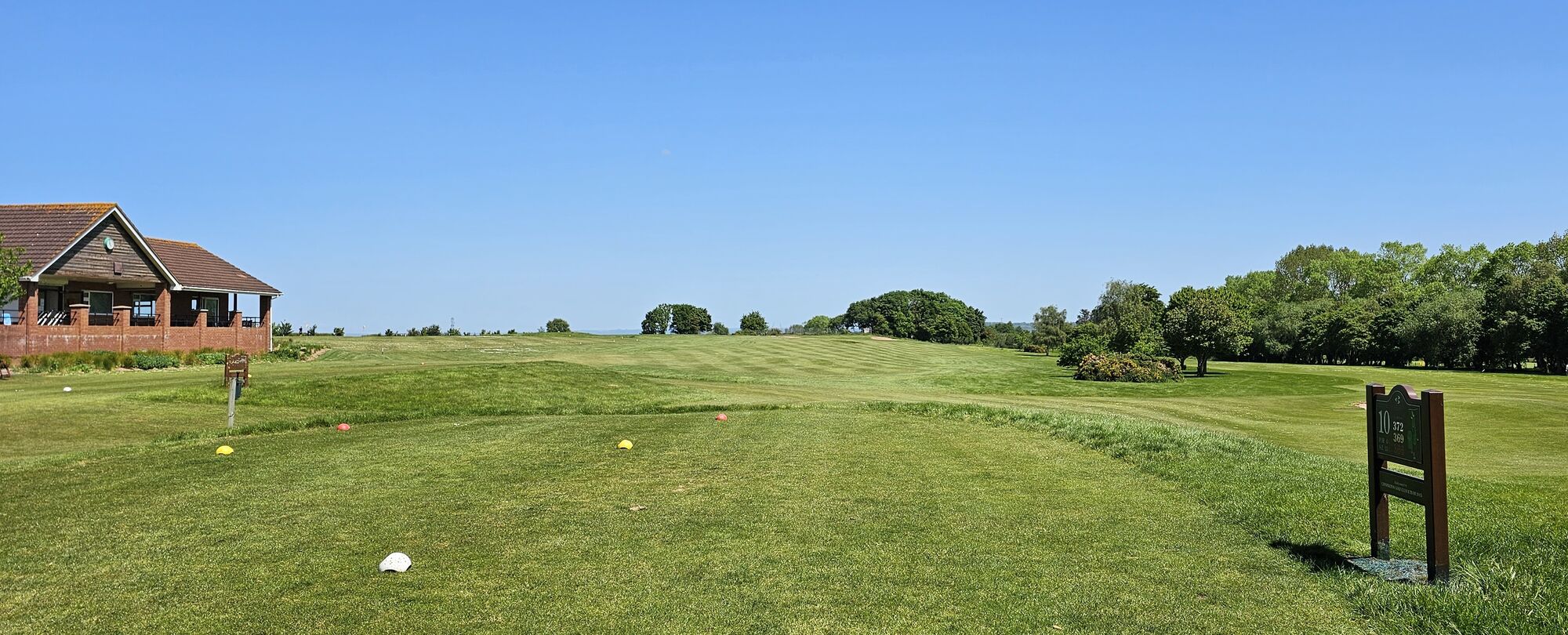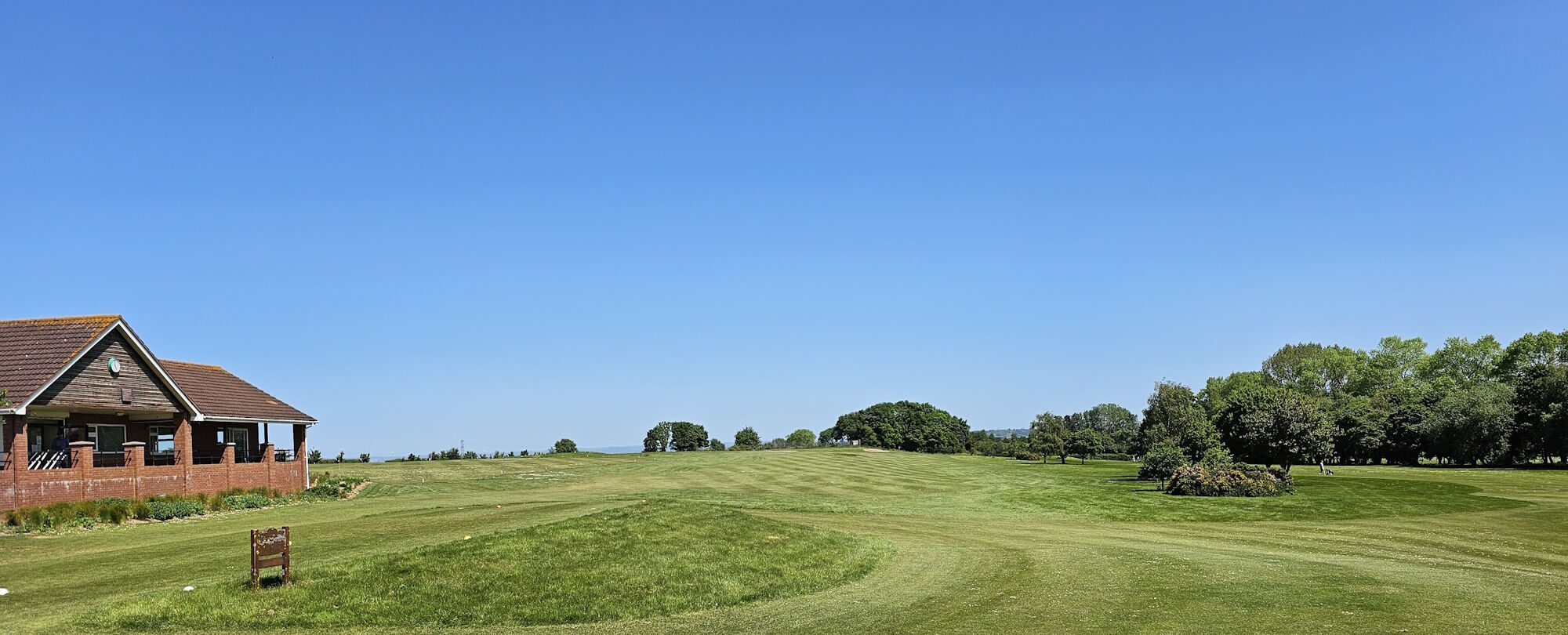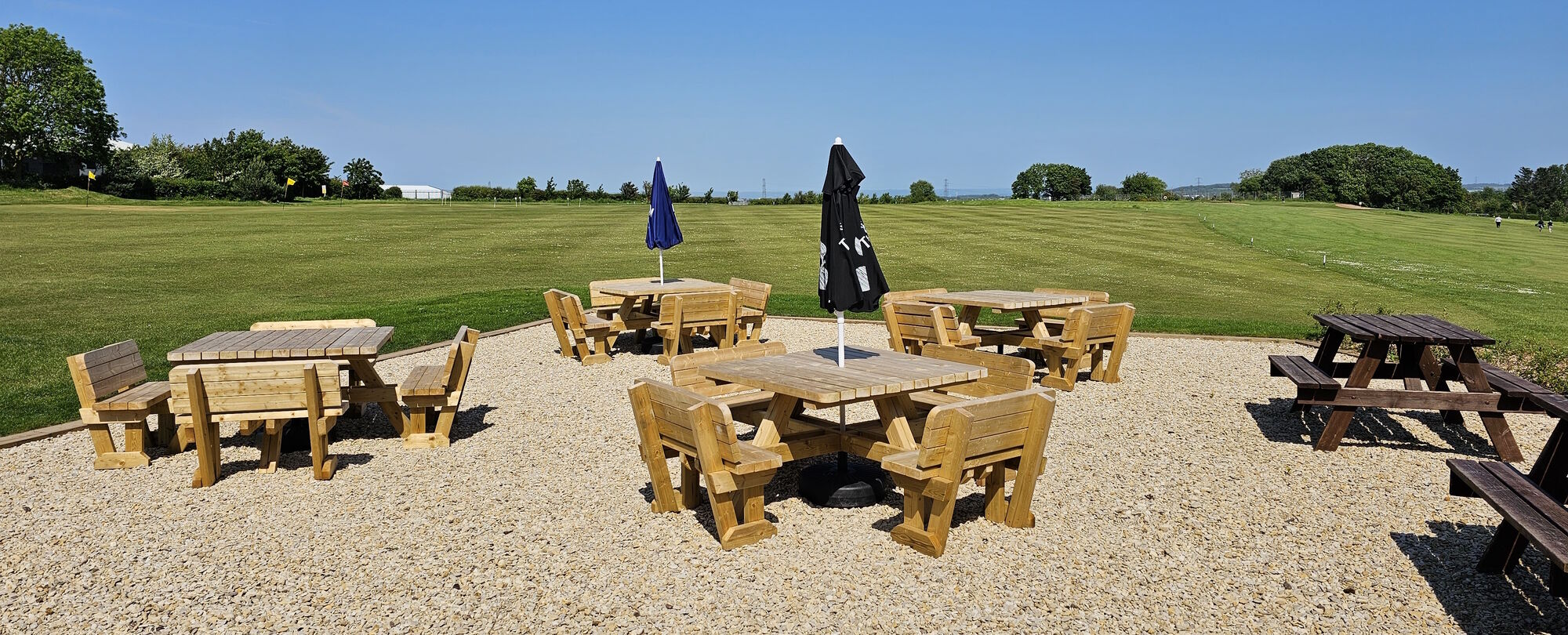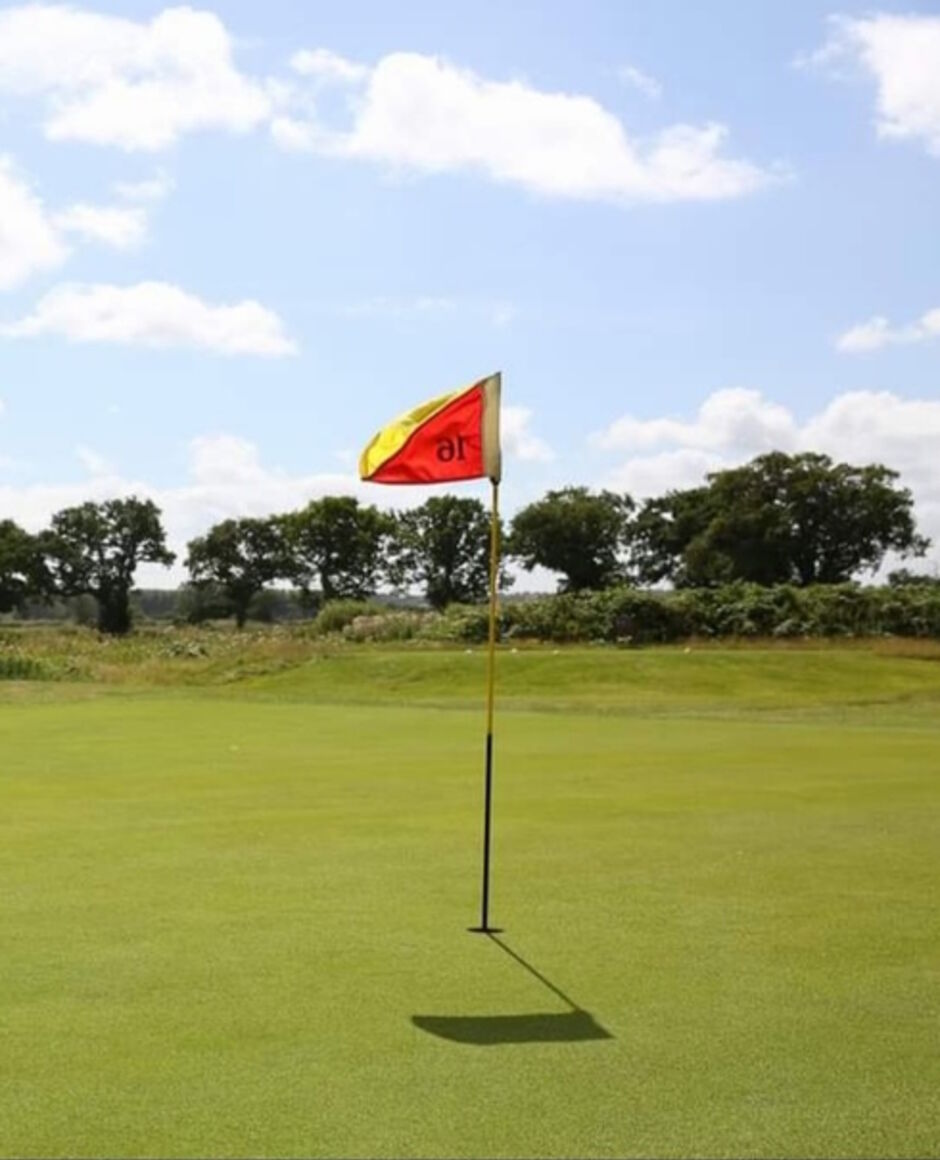Course Status
Wednesday 24 December. Course open. Trolleys allowed with winter wheels only. Weather: dry day. Driving range opens at 10 Updated: 24th Dec 2025
Game Management
How can you best put your strengths against the weaknesses of the golf course and defend your weaknesses against the golf course strengths?
Naturally before you can achieve this you do need to know the strong and weak areas of your game, and assuming you do this will now determine your strategy to negotiate your way around any golf course - not just Cannington.
When you stand on the tee of a golf hole what do you see? Is it just bunkers, rough, water, trees to obscure your next shot? Are hazards placed only where your ball seems to go?
If this is how you play then you need a fresh approach.
To simply stand on the tee with a thought in mind just to avoid all the hazards is not the best of ways. Take where within the permitted teeing area you place your ball. Avoid just teeing up in the middle of the tee; by doing this you are making the target (fairway) narrower than you need to. Take our third hole for example, if you tee up on the left hand side you bring into play the bank separating the third from the eighth holes - not the best place to be. However if you tee up on the right hand side of the tee, the fairway and the left hand rough comes more clearly into view; in fact more fairway than standing on the left hand side or the middle of the tee. My personal exact aiming point is the left hand bridge. Should I hook then I have a chance of making the fourth fairway, or if I block the shot and leave the face open I have the entire fairway for my ball to go to.
The order you go about taking aim is important; identify where you do not want to go first, this would be the holes' strengths. After this you do identify where you do want to go; this is putting your strengths against the holes' weaknesses. This must be done after you have clearly identified where you do not want to go. Any thoughts or fears of going into a hazard, using phrases like ‘you don't want to go over the fence here' (use the sixth tee shot as an example) will lead to doing exactly that. To be positive means having a clear image of the landing zone in your mind before and during the execution of your shot if you are to be successful.
Moving onto the second shot, for the long handicap players and beginners if you had miss-hit your tee shot into the semi rough, avoid charging in and having a go with another wood shot. Consider the fact you were unsuccessful with the ball played from a level surface (the teeing ground) - the ball was teed up and you were unsuccessful, so how do you rate your chances with the ball ‘sat down' in four inches of rough? Secondly, would you be able to make the green? If you cannot, why take unnecessary risks in using a club that has to be 100% to be successful? Would it not be far better to accept the dropped shot and play to the fairway by the shortest route and set yourself up for the third shot?
This philosophy can be applied to all sorts of situations on the golf course; it is far better to take the penalty drop and make sure of having a ‘shot on' with the next one, than hitting and hoping. This is where knowledge of the rules is essential. When ‘rules' are mentioned we tend to think of ‘punishment'. This is not necessarily the case with the rules of golf; they do help you get out of trouble with the minimum amount of shots.
You should never be afraid of dropping a shot - just make sure you do not drop two!
Finally, your approach to the green: should you fly it all the way to the flag or run it in along the ground? If you decide to run it along the ground, what club should be used? Is it a putter, seven iron, wedge or even a three wood, the choice and variation to the chip and run is endless - always go with what you are best with. A simple rule to go by is:
‘Putt if you can, chip if you can't, pitch only if you have to.'
The scope for playing the game is huge, more than can be covered in an article of this size. New ways of playing shots are invented all the time. New clubs are available such as hybrids, lob wedges, 460cc headed drivers all designed to make the game easier - and no doubt there will be more to come. Just remember to practise mastery of the shot or club before you take it onto the course; the monthly medal is not the best time to try a shot or new club for the first time!
Ron Macrow
Fellow of the Professional Golfers' Association















